Which Lens Filter To Use?
When it comes to photography, the choice of lens filter can significantly impact the quality and style of your images. Understanding which lens filter to use in various situations is crucial for both amateur and professional photographers. In this article, we will delve into the different types of lens filters, their specific uses, and how they can enhance your photography. By the end of this guide, you will have a comprehensive understanding of which lens filter to use to achieve your desired photographic effects.
Understanding Lens Filters
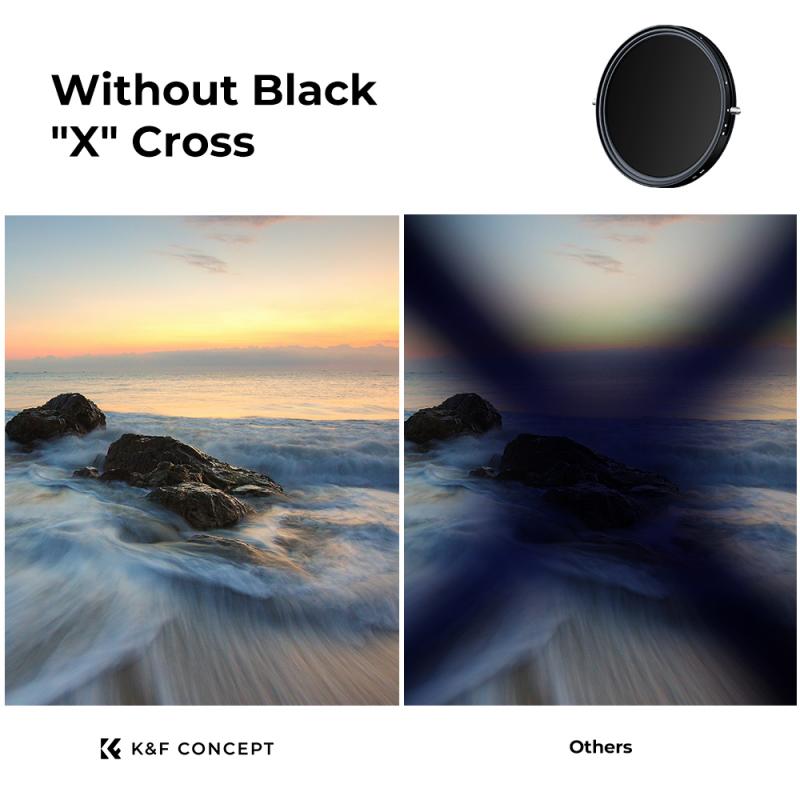
Lens filters are accessories that attach to the front of your camera lens. They serve various purposes, from protecting the lens to enhancing colors and reducing reflections. The most common types of lens filters include UV filters, polarizing filters, neutral density (ND) filters, graduated ND filters, and color filters. Each type of filter has its unique characteristics and applications.
UV Filters

Purpose: UV filters are primarily used to protect the camera lens from dust, scratches, and moisture. They also reduce the haziness caused by ultraviolet light, which can be particularly useful in high-altitude or coastal areas.
When to Use: UV filters are ideal for everyday use. They provide a layer of protection for your lens without affecting the image quality. If you are shooting in environments where your lens might be exposed to harsh conditions, a UV filter is a must-have.
Polarizing Filters
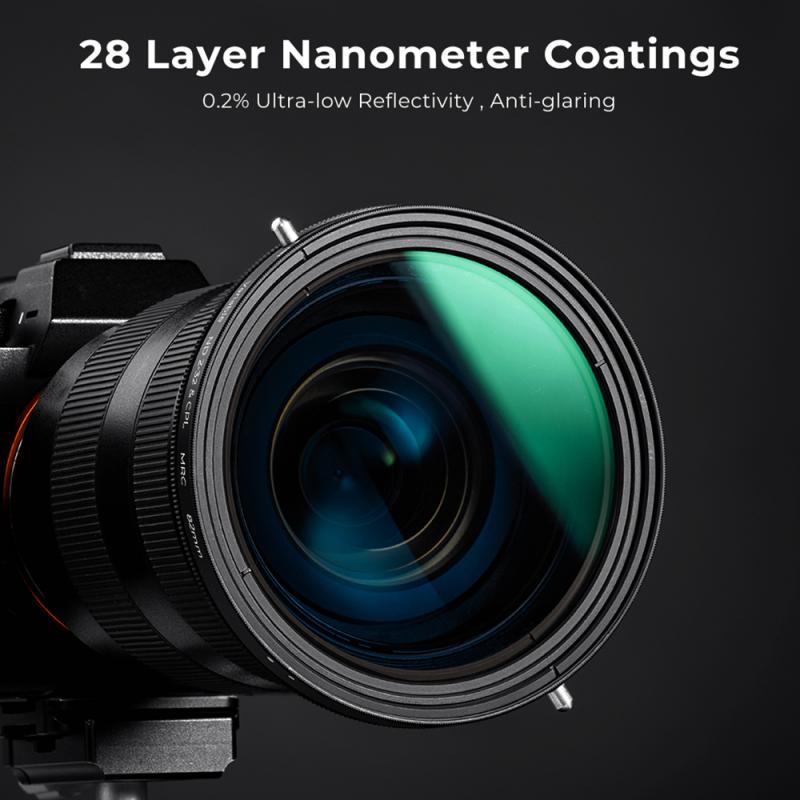
Purpose: Polarizing filters are used to reduce reflections and glare from non-metallic surfaces such as water and glass. They also enhance the colors and contrast in your images, making skies appear bluer and foliage greener.
When to Use: Polarizing filters are perfect for landscape photography. If you are shooting scenes with water bodies, glass buildings, or any reflective surfaces, a polarizing filter will help you achieve clearer and more vibrant images. They are also useful for reducing the glare in outdoor portraits.
Neutral Density (ND) Filters

Purpose: ND filters reduce the amount of light entering the lens without affecting the color of the image. This allows for longer exposure times or wider apertures in bright conditions.
When to Use: ND filters are essential for long-exposure photography. If you want to capture motion blur in waterfalls, rivers, or clouds, an ND filter will enable you to use slower shutter speeds even in daylight. They are also useful for achieving a shallow depth of field in bright light conditions.
Graduated ND Filters
Purpose: Graduated ND filters are similar to ND filters but with a gradient that transitions from dark to clear. This helps balance the exposure between the sky and the foreground in high-contrast scenes.
When to Use: Graduated ND filters are ideal for landscape photography, especially when shooting scenes with a bright sky and a darker foreground. They help prevent overexposure of the sky while maintaining detail in the landscape.
Color Filters
Purpose: Color filters are used to enhance or alter the colors in your images. They can add warmth, coolness, or specific color tones to your photos.
When to Use: Color filters are often used in black and white photography to increase contrast and add mood. For example, a red filter can make skies appear dramatically dark in black and white images. In color photography, they can be used creatively to achieve specific color effects.
Choosing the Right Filter for Your Needs
Selecting the right filter depends on the type of photography you are engaged in and the specific effects you want to achieve. Here are some practical scenarios to help you decide which filter to use:
1. Landscape Photography:
- Polarizing Filter: To reduce reflections and enhance colors.
- ND Filter: For long-exposure shots of waterfalls, rivers, and clouds.
- Graduated ND Filter: To balance the exposure between the sky and the landscape.
2. Portrait Photography:
- UV Filter: For lens protection.
- Polarizing Filter: To reduce glare and reflections in outdoor portraits.
3. Urban Photography:
- Polarizing Filter: To reduce reflections from glass buildings and water surfaces.
- ND Filter: For long-exposure shots of moving traffic or crowds.
4. Black and White Photography:
- Color Filters: To enhance contrast and add mood. For example, a yellow filter can brighten skies, while a red filter can darken them dramatically.
Practical Tips for Using Lens Filters
1. Stacking Filters: While it is possible to stack multiple filters on your lens, be cautious as this can lead to vignetting (darkening of the corners) and reduced image quality. Use filter stacking sparingly and only when necessary.
2. Cleaning and Maintenance: Keep your filters clean to avoid smudges and dust spots on your images. Use a microfiber cloth and lens cleaning solution to maintain them.
3. Quality Matters: Invest in high-quality filters from reputable brands. Cheap filters can degrade image quality and introduce unwanted artifacts.
4. Filter Size: Ensure that the filter size matches your lens diameter. Most lenses have the diameter marked on the front or side.
5. Experiment: Don’t be afraid to experiment with different filters to see how they affect your images. This will help you understand their impact and make informed decisions in the future.
Lens filters are powerful tools that can significantly enhance your photography. Whether you are looking to protect your lens, reduce reflections, balance exposures, or add creative effects, there is a filter for every need. By understanding the different types of filters and their applications, you can make informed choices and elevate the quality of your images. Remember to consider the specific requirements of your photography style and experiment with different filters to discover their full potential. Happy shooting!




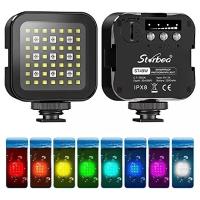
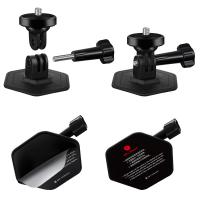
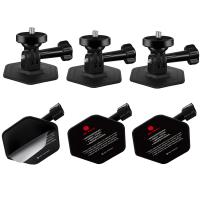
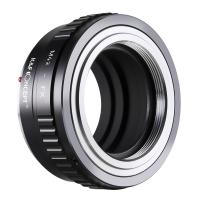
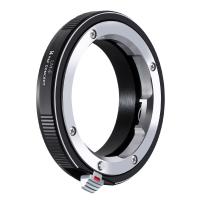
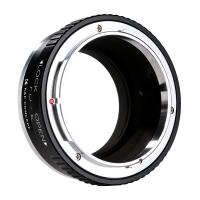

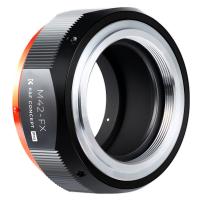
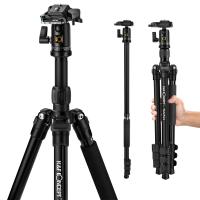
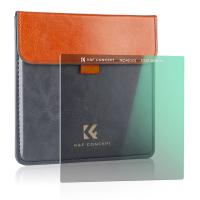
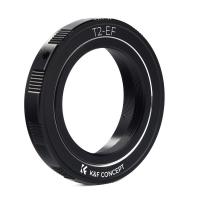
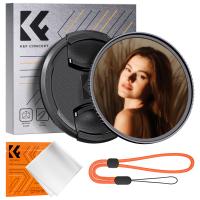

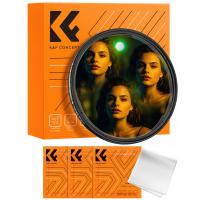
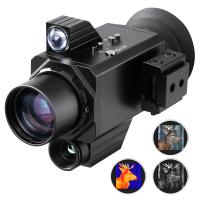
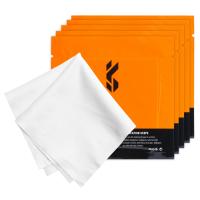

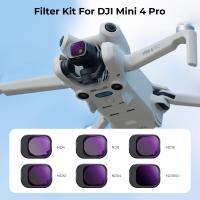

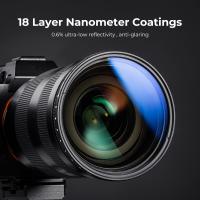
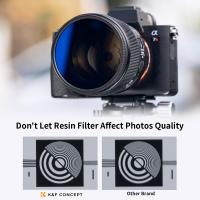
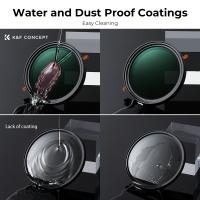


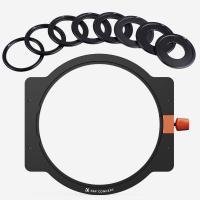

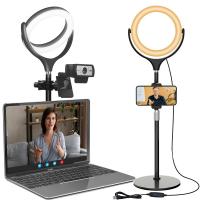

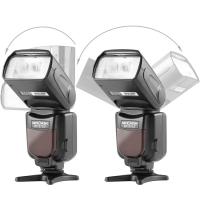
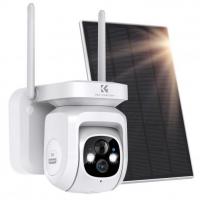

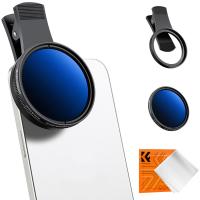



There are no comments for this blog.